Home>Storage & Organization>Kitchen Organizing Tools>How To Keep Litter In A Litter Box
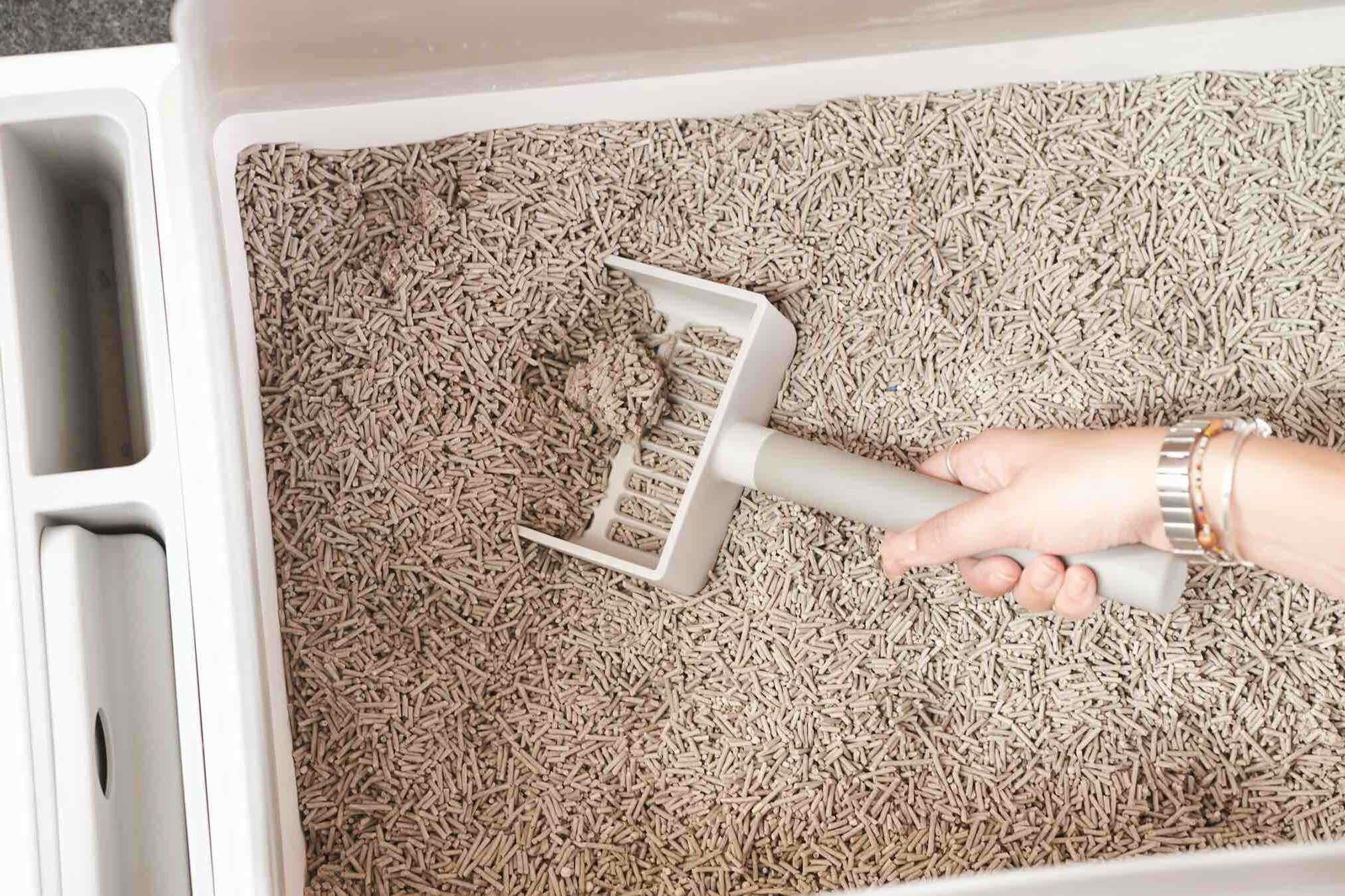

Kitchen Organizing Tools
How To Keep Litter In A Litter Box
Modified: March 2, 2024
Discover the best kitchen organizing tools to keep litter in a litter box. Find effective solutions for a tidy and odor-free home.
(Many of the links in this article redirect to a specific reviewed product. Your purchase of these products through affiliate links helps to generate commission for Storables.com, at no extra cost. Learn more)
Introduction
Keeping a litter box clean and odor-free is essential for maintaining a hygienic and pleasant living environment for both you and your feline companion. A well-maintained litter box not only prevents unpleasant odors from permeating your home but also ensures that your cat consistently uses the designated area for elimination. By implementing the right strategies and tools, you can effectively manage litter box maintenance and create a comfortable space for your cat.
A clean litter box is crucial for your cat's health and well-being. Cats are naturally clean animals, and a dirty litter box can lead to stress and discomfort for your pet. Additionally, a neglected litter box can result in your cat seeking alternative elimination spots, leading to potential messes and odors in unexpected places around your home.
In this comprehensive guide, we will explore the key factors involved in maintaining a clean and inviting litter box environment. From selecting the right litter box and litter type to strategic placement and regular cleaning, each aspect plays a vital role in ensuring that your cat consistently uses the litter box. Furthermore, we will delve into the essential process of training your cat to use the litter box effectively.
By following the tips and techniques outlined in this guide, you can create a harmonious and hygienic living space for both you and your feline companion. Let's embark on this journey to discover the best practices for maintaining a clean and odor-free litter box, ultimately enhancing the well-being of your beloved cat and the overall ambiance of your home.
Key Takeaways:
- Choose a litter box that’s big enough for your cat and easy for them to access. Keep it in a quiet, private spot away from their food and clean it regularly to make sure they use it.
- Use clumping or non-clumping litter based on your cat’s preferences and your cleaning habits. Keep the litter box clean, offer positive reinforcement, and be patient when training your cat to use it.
Read more: Where To Keep The Litter Box
Choosing the Right Litter Box
Selecting the appropriate litter box is the first step in ensuring a comfortable and inviting environment for your cat. With a myriad of options available, it's important to consider your cat's preferences and your home's layout when choosing the right litter box. Here are essential factors to keep in mind:
Size Matters
When choosing a litter box, size is a crucial consideration. The box should be large enough to accommodate your cat comfortably, allowing ample space for movement and digging. A general rule of thumb is to select a litter box that is at least 1.5 times the length of your cat. This ensures that your cat can maneuver inside the box without feeling cramped, promoting a positive elimination experience.
Entry and Exit Accessibility
The entry and exit points of the litter box should be easily accessible for your cat, especially if you have a kitten, senior cat, or a feline with mobility issues. Opt for a litter box with low entry points or consider a top-entry box if you have multiple pets or want to prevent litter tracking.
Covered vs. Uncovered
Consider whether a covered or uncovered litter box is more suitable for your cat's preferences. Covered boxes provide privacy and help contain odors, while some cats may prefer the openness of an uncovered box. Additionally, covered boxes may require more frequent cleaning to maintain a fresh environment.
Read more: How To Keep The Litter Box Clean
Multiple Cats, Multiple Boxes
If you have multiple cats, it's essential to provide a litter box for each feline, plus one extra. This ensures that each cat has its own designated space for elimination, reducing the likelihood of territorial disputes and promoting a harmonious cohabitation environment.
Location, Location, Location
The placement of the litter box is equally important. Choose a quiet and easily accessible location for the box, away from high-traffic areas and noisy appliances. Cats appreciate privacy during elimination, so select a spot that offers seclusion without being isolated.
By carefully considering these factors and selecting a litter box that aligns with your cat's needs and your home's layout, you can create a comfortable and inviting space for your feline companion to fulfill their natural instincts while maintaining a clean and hygienic living environment.
Using the Right Type of Litter
Selecting the appropriate type of litter is a crucial aspect of maintaining a clean and inviting litter box environment for your cat. With a wide array of litter options available, it's essential to consider factors such as your cat's preferences, any sensitivities or allergies, and your personal cleaning preferences. Here are key considerations when choosing the right type of litter:
Clumping vs. Non-Clumping
Clumping litter, typically made from bentonite clay, forms solid clumps when in contact with moisture, making it easier to scoop out soiled areas and maintain a clean box. On the other hand, non-clumping litter, often composed of materials like silica gel or recycled paper, absorbs moisture but doesn't form solid clumps. While non-clumping litter may require more frequent complete changes, it can be a suitable option for cats with respiratory sensitivities or for those who are averse to the texture of clumping litter.
Read more: How To Keep Gnats Out Of The Litter Box
Scented vs. Unscented
When choosing litter, consider whether a scented or unscented option is more suitable for your cat and your home environment. Scented litter may help mask odors, providing a fresher-smelling space, but some cats may be sensitive to strong fragrances. Unscented litter, while not masking odors as effectively, can be a safer choice for cats with respiratory sensitivities or those who are simply averse to strong scents.
Natural and Alternative Options
For environmentally conscious pet owners or cats with specific sensitivities, natural and alternative litter options such as pine, wheat, corn, or recycled paper pellets can be viable choices. These litters are often biodegradable, reducing environmental impact, and can offer a different texture and odor control properties compared to traditional clay-based litters.
Multiple Litter Types
If you have multiple cats, offering a variety of litter types in separate boxes can help accommodate individual preferences. Some cats may exhibit a preference for a specific texture or scent, and providing options can encourage consistent litter box usage.
By considering your cat's preferences, any potential sensitivities, and your personal cleaning habits, you can select the most suitable type of litter for your cat's litter box. Ultimately, choosing the right litter type contributes to a comfortable and hygienic environment, ensuring that your cat consistently uses the designated space for elimination.
Placing the Litter Box in the Right Location
Strategic placement of the litter box is a critical factor in ensuring that your cat consistently uses the designated area for elimination while maintaining a harmonious living environment. The location of the litter box should cater to your cat's natural instincts and preferences, as well as your home's layout and dynamics. Here are essential considerations for placing the litter box in the right location:
Read more: How To Keep My Dog Out Of The Litter Box
Accessibility and Privacy
Select a location that offers a balance of accessibility and privacy for your cat. Cats appreciate a degree of seclusion during elimination, so choose a spot that provides privacy without isolating the litter box. Avoid placing the box in high-traffic areas or near noisy appliances, as these factors can deter your cat from using the litter box consistently.
Multiple Access Points
If you have a multi-level home, consider providing litter boxes on each floor to ensure convenient access for your cat. This is especially important for senior cats or kittens, as navigating stairs to reach the litter box may pose challenges. By offering multiple access points, you create a more accommodating environment for your feline companion, promoting consistent litter box usage.
Separation from Food and Water
Cats prefer to have their elimination area separate from their food and water sources. Placing the litter box in close proximity to feeding areas can cause discomfort for your cat and may lead to aversion to the litter box. Ensure that the litter box is positioned away from food and water bowls, creating distinct zones for different activities.
Adequate Ventilation
Proper ventilation in the chosen location is essential for maintaining a fresh and odor-free litter box environment. Avoid placing the box in enclosed or poorly ventilated spaces, as this can lead to the accumulation of odors and discomfort for your cat. Select a well-ventilated area that allows for air circulation, contributing to a more pleasant environment for both you and your cat.
Read more: How Deep Should Litter Be In A Litter Box
Consistency and Stability
Once you have identified an ideal location for the litter box, strive to maintain consistency in its placement. Cats thrive on routine and familiarity, so frequent relocation of the litter box can cause confusion and reluctance to use the designated area for elimination. Additionally, ensure that the chosen location provides stability, minimizing the likelihood of accidental tipping or displacement of the litter box.
By carefully considering these factors and selecting an optimal location for the litter box, you can create a comfortable and inviting space for your cat to fulfill their natural instincts while promoting consistent and hygienic litter box usage. The right placement contributes to a harmonious cohabitation environment and enhances the overall well-being of your feline companion.
Regular Cleaning and Maintenance
Maintaining a regular cleaning and maintenance routine is paramount for ensuring a hygienic and inviting environment within the litter box. Consistent upkeep not only prevents unpleasant odors from permeating your home but also promotes your cat's continued use of the designated elimination area. By implementing effective cleaning practices, you can create a comfortable and sanitary space for your feline companion.
Scooping and Waste Removal
Frequent scooping of the litter box is essential for removing soiled litter and solid waste. Aim to scoop the box at least once or twice daily, removing any clumps or waste to maintain a clean and odor-free environment. Regular scooping not only prevents the buildup of unpleasant odors but also encourages your cat to consistently use the litter box.
Complete Litter Replacement
In addition to daily scooping, periodic complete litter replacement is necessary to ensure optimal cleanliness. The frequency of complete changes depends on the type of litter used and the number of cats in your household. Non-clumping litter may require more frequent complete changes, while clumping litter can be refreshed by adding new litter to replace the removed waste. Complete replacement involves emptying the box, thorough cleaning with mild soap and water, and refilling it with fresh litter.
Cleaning the Litter Box
Regular cleaning of the litter box itself is crucial for maintaining a hygienic environment. Use mild, unscented soap and warm water to clean the box, avoiding harsh chemicals or strong-scented cleaners that may deter your cat from using the box. Ensure the box is completely dry before refilling it with fresh litter to prevent clumping or sticking.
Odor Control
Incorporating odor control products, such as baking soda or specialized litter box deodorizers, can help mitigate unpleasant odors between cleanings. These products can be sprinkled at the bottom of the box before adding fresh litter or applied directly to the litter surface to absorb and neutralize odors, contributing to a fresher and more inviting litter box environment.
Regular Inspection
Periodically inspect the litter box for signs of wear, damage, or persistent odors that may indicate the need for more thorough cleaning or potential replacement. Addressing any issues promptly ensures that the litter box remains a comfortable and appealing space for your cat.
By adhering to a consistent cleaning and maintenance regimen, you can uphold a clean and odor-free litter box environment, promoting your cat's well-being and fostering a harmonious living space for both you and your feline companion.
Training Your Cat to Use the Litter Box
Introducing a cat to the litter box and ensuring consistent usage involves a combination of patience, positive reinforcement, and understanding of your cat's behavior. Whether you have a new kitten or are addressing litter box aversion in an adult cat, the training process is essential for fostering proper elimination habits. Here's a comprehensive guide to effectively train your cat to use the litter box:
Read more: How Much Litter To Put In A Litter Box
Gradual Introduction
When bringing a new cat or kitten into your home, introduce them to the litter box immediately. Place the cat in the box after meals, naps, and play sessions to encourage association between the box and elimination. For kittens, ensure the box is easily accessible and consider providing multiple boxes in different areas of the house to facilitate quick access.
Positive Reinforcement
Encourage your cat's use of the litter box by offering praise and treats when they eliminate in the designated area. Positive reinforcement creates a positive association with the litter box, reinforcing the desired behavior. Avoid scolding or punishment for accidents outside the box, as this can create anxiety and aversion to the litter box.
Monitoring and Encouragement
Observe your cat's behavior and body language to identify signs of needing to eliminate. If you notice your cat exhibiting elimination behaviors outside the box, gently redirect them to the litter box. Additionally, if your cat consistently uses a specific area for elimination, place a litter box in that location to encourage proper usage.
Litter Preference
Cats may have preferences for specific litter textures or types. If your cat displays aversion to the litter box, experiment with different litter types to identify their preference. Some cats may prefer unscented litter or a specific texture, and accommodating these preferences can encourage consistent litter box usage.
Read more: How To Move A Litter Box
Addressing Aversion
If your cat exhibits aversion to the litter box, assess potential stressors or triggers in the environment. Changes in routine, new pets, or household disruptions can contribute to litter box aversion. Addressing these stressors and providing a calm and secure environment can help alleviate aversion and promote proper litter box usage.
Medical Considerations
In cases of sudden litter box aversion or changes in elimination habits, consult a veterinarian to rule out underlying medical issues. Urinary tract infections, digestive problems, or other health concerns can manifest as changes in litter box behavior. Addressing any medical issues is crucial for promoting proper litter box usage.
By implementing these training strategies and understanding your cat's preferences and behaviors, you can effectively train your cat to use the litter box consistently. Patience, positive reinforcement, and a keen understanding of your cat's needs are key elements in fostering proper litter box habits, ultimately creating a harmonious and hygienic living environment for both you and your feline companion.
Conclusion
Maintaining a clean and inviting litter box environment is essential for the well-being of your cat and the overall harmony of your home. By carefully selecting the right litter box, choosing suitable litter, strategically placing the box, and adhering to a consistent cleaning routine, you can create a comfortable and hygienic space for your feline companion to fulfill their natural instincts.
The process of training your cat to use the litter box effectively involves patience, positive reinforcement, and a deep understanding of your cat's behavior and preferences. By gradually introducing the litter box, offering encouragement, and addressing any aversion or medical concerns, you can foster proper litter box habits and ensure that your cat consistently uses the designated elimination area.
A harmonious cohabitation environment is achieved through the thoughtful consideration of your cat's needs and the implementation of effective strategies to maintain a clean and odor-free litter box. This not only promotes your cat's physical and emotional well-being but also enhances the overall ambiance of your home, creating a space where both you and your feline companion can thrive.
In conclusion, by integrating the insights and techniques outlined in this guide into your daily routine, you can establish a harmonious and hygienic living environment for your cat, ultimately strengthening the bond between you and your beloved feline companion. Embracing the principles of care, understanding, and proactive maintenance sets the foundation for a fulfilling and enriching coexistence with your cat, ensuring that both you and your pet can enjoy a clean, comfortable, and inviting home environment.
Frequently Asked Questions about How To Keep Litter In A Litter Box
Was this page helpful?
At Storables.com, we guarantee accurate and reliable information. Our content, validated by Expert Board Contributors, is crafted following stringent Editorial Policies. We're committed to providing you with well-researched, expert-backed insights for all your informational needs.
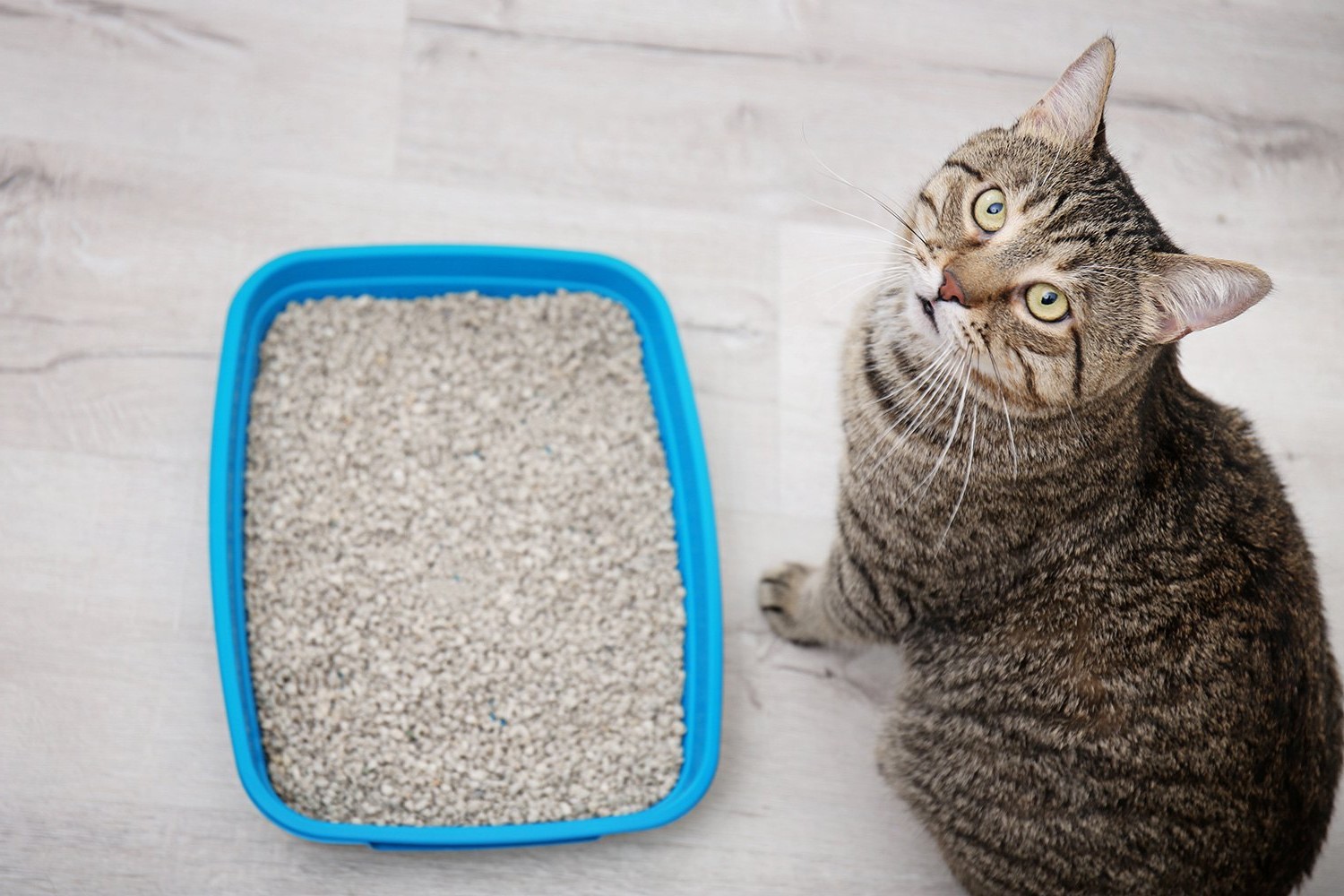
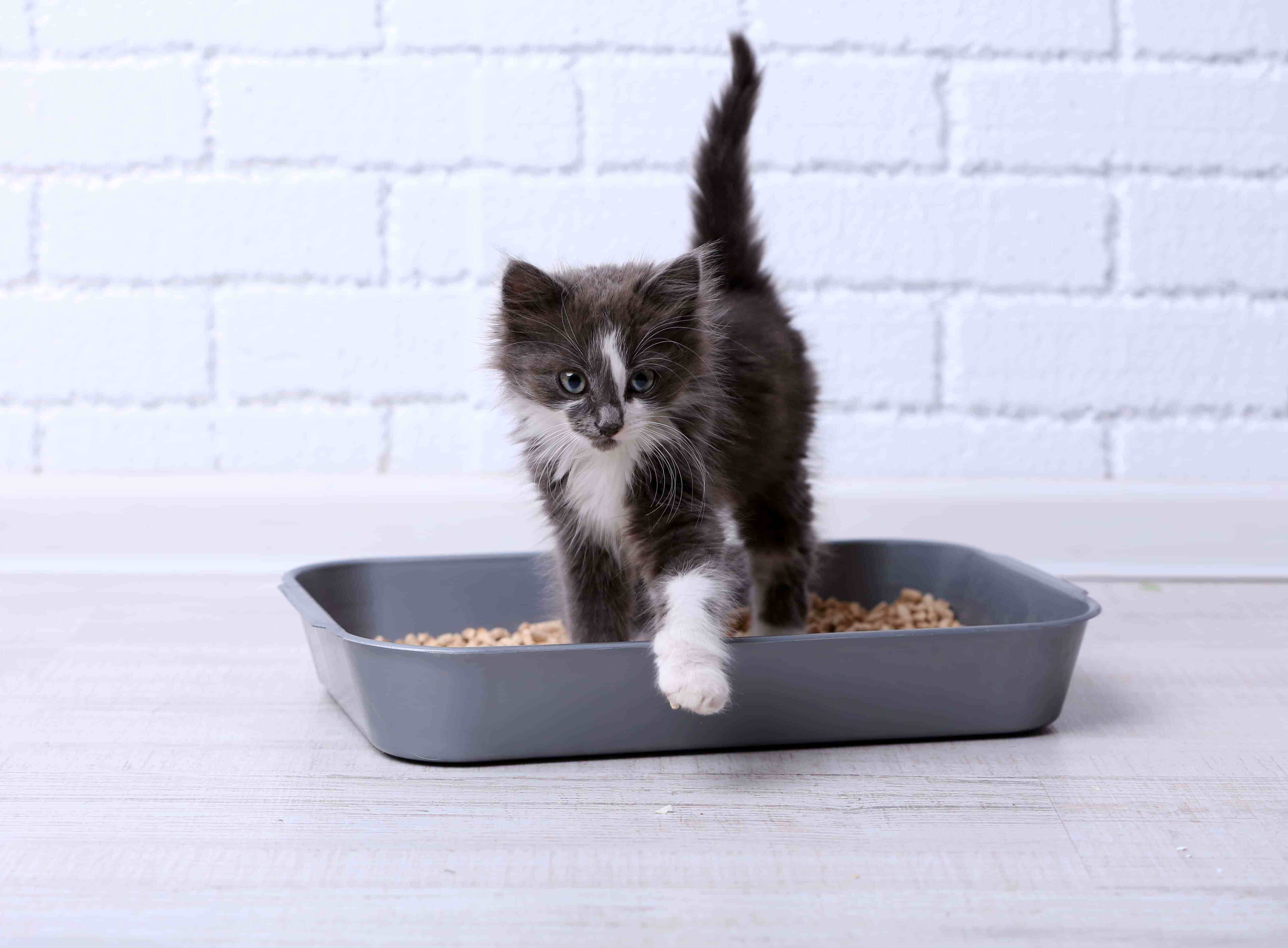
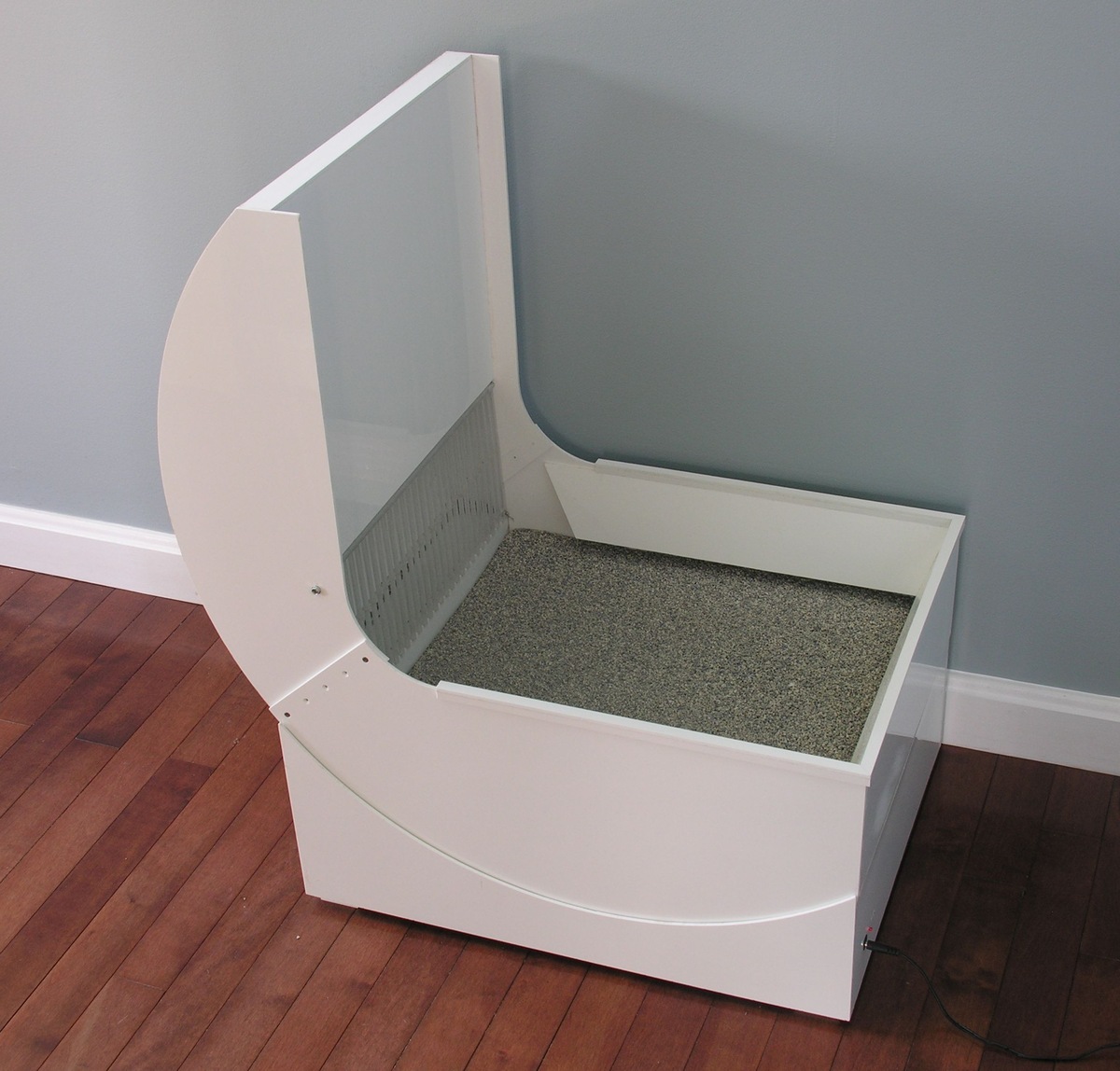
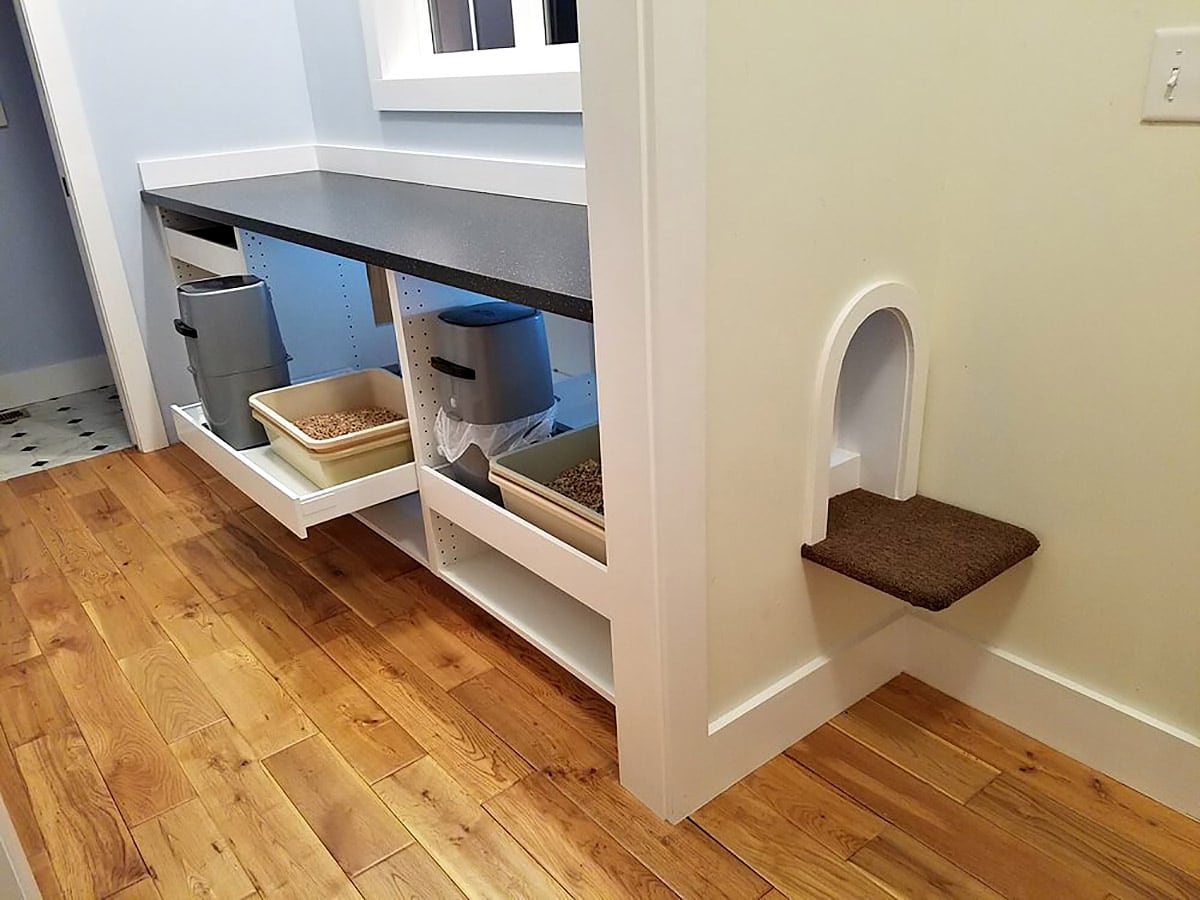
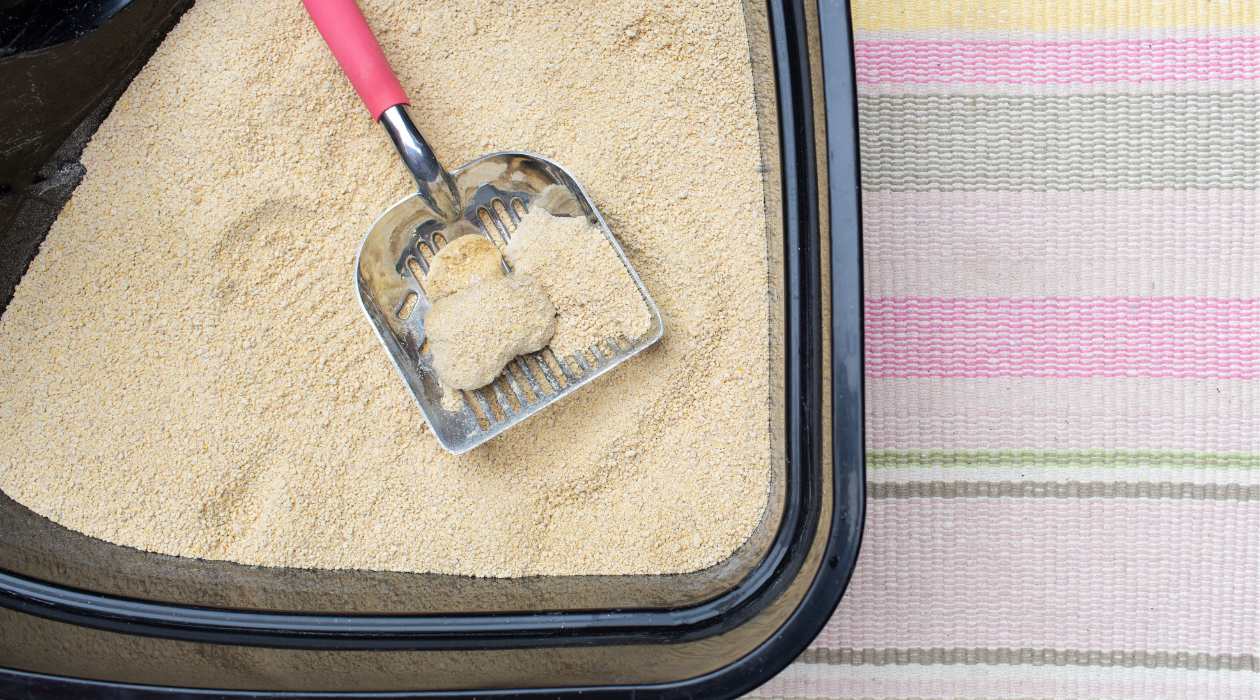
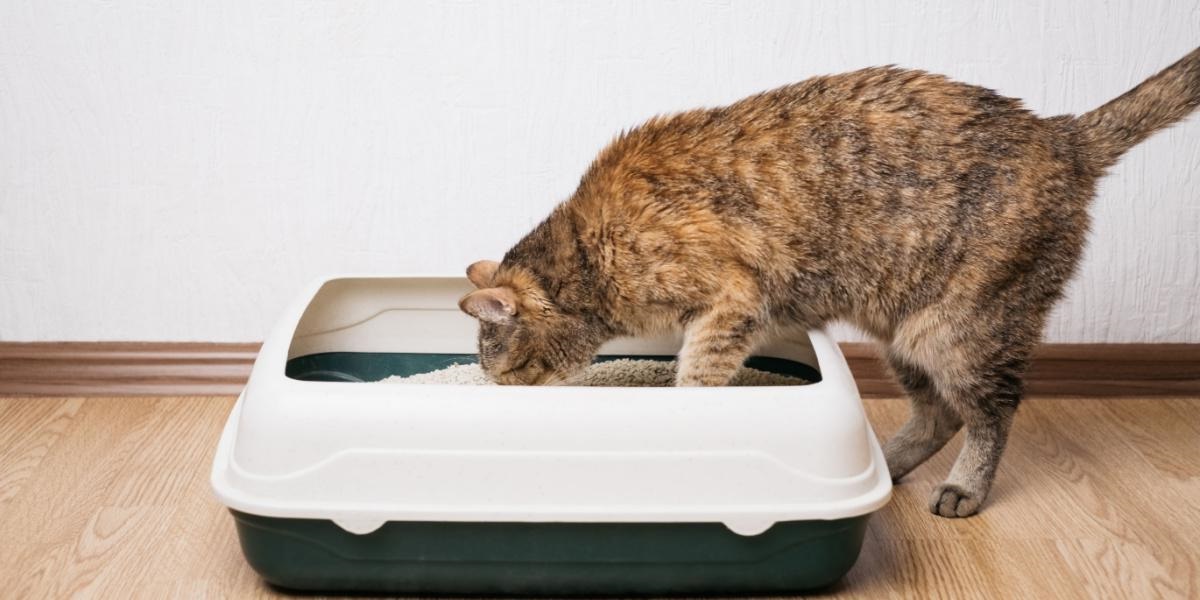
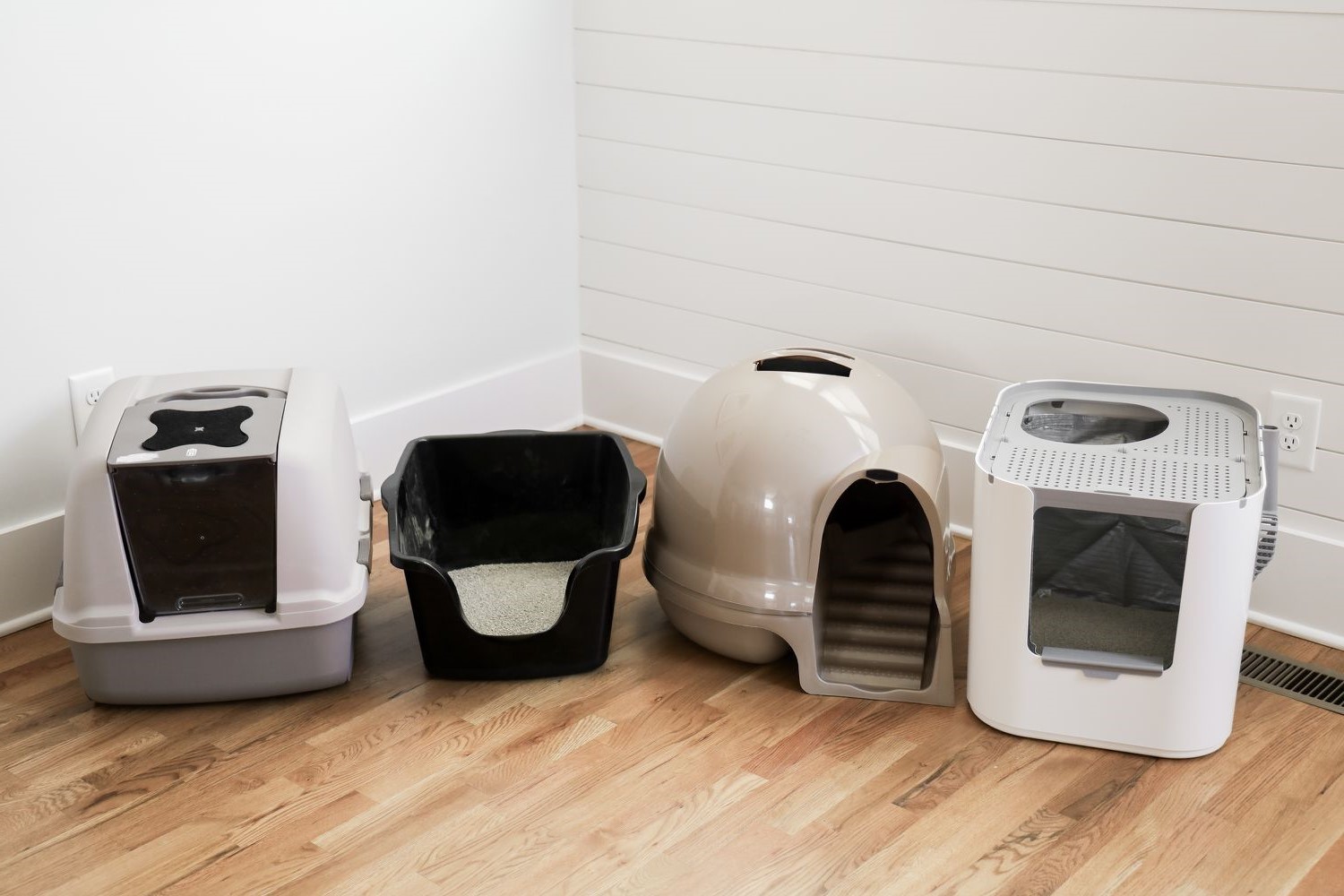
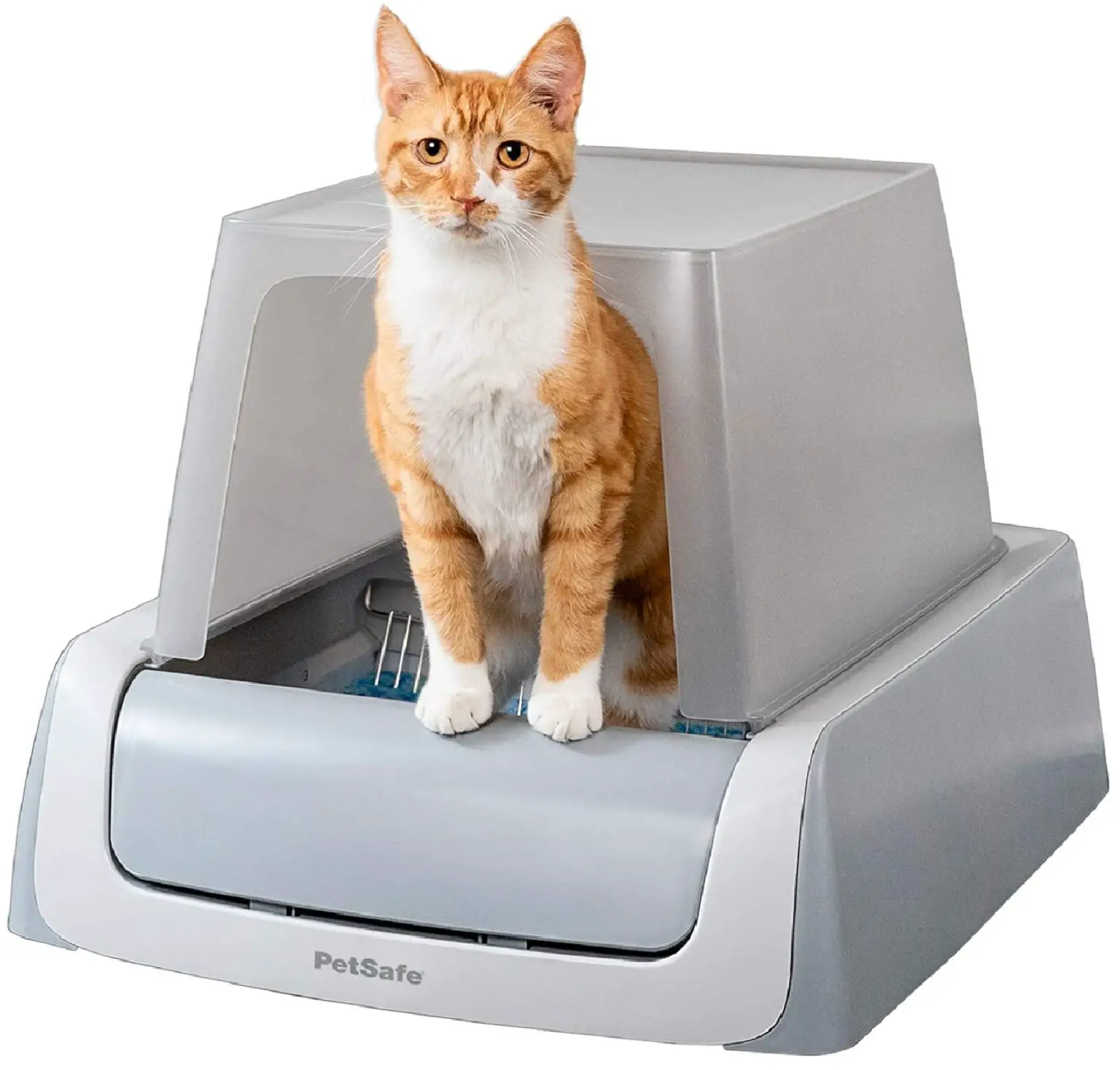

0 thoughts on “How To Keep Litter In A Litter Box”